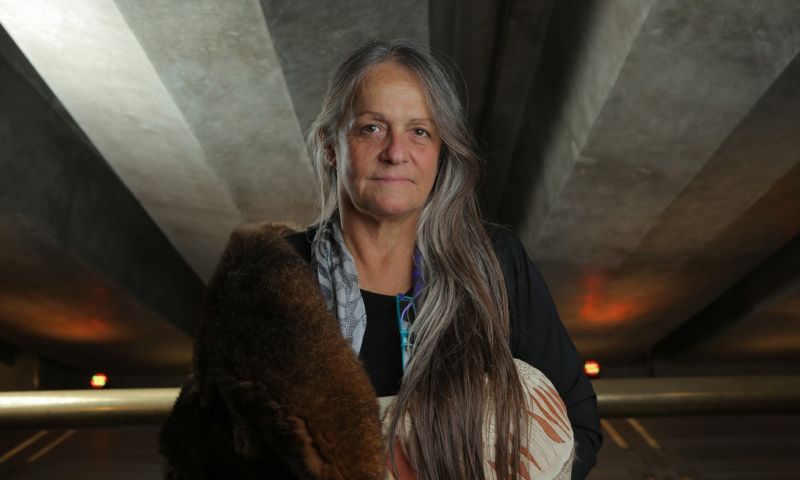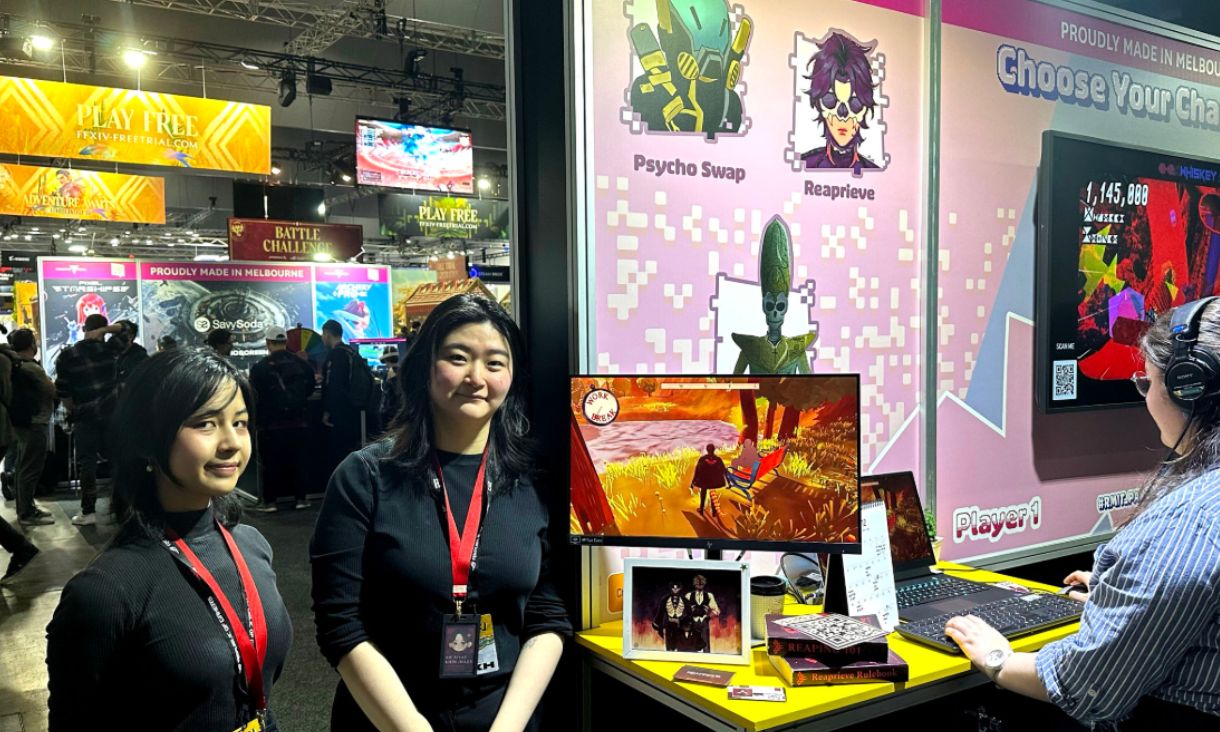Couzens, who is widely known for her central role in the revival of the possum skin cloak making tradition, has worked in Aboriginal community affairs for almost 40 years and is actively involved in leadership roles in the Indigenous arts and cultural industry.
Hook said placing an indigenous lens on the creative sector is a critical part in how we might begin to continue some journey towards understanding sovereignty.
“It also provides us with a really solid beginning by recognising that creativity has been a fundamental part of indigenous culture for 60-70,000 years.”
He said the group would also focus attention on regional Victoria, and the strong link between creativity and the regeneration of small towns, with the creative industries sometimes holding communities together – literally – around festivals and the economy of performances.
“One of the narratives that emerged from our meeting was how Geelong, Ballarat, Bendigo, Sale are contributing in this arc of creativity, which is networked back into the city.
“Understanding how the creative industries and cultural practices really sit hand in hand in some of these locations – not just regional centres like Warrnambool and Gippsland, but also smaller far-flung centres – and how they contribute to the community helps us consider how we might drive a seasonal approach to how creativity moves around the state.”
The group is also supporting an extensive public consultation to ensure that future strategy is informed by the experiences and needs of the community.
Minister for Creative Industries and Chair of the advisory group Martin Foley said Victoria’s creative industries brought significant social, cultural and economic benefits to Victoria.
“They’re at the heart of our identity, our prized liveability and our appeal to visitors,” Foley said.
“Our first creative industries strategy was developed hand in hand with our creative community, and that has been the key to its success.”






